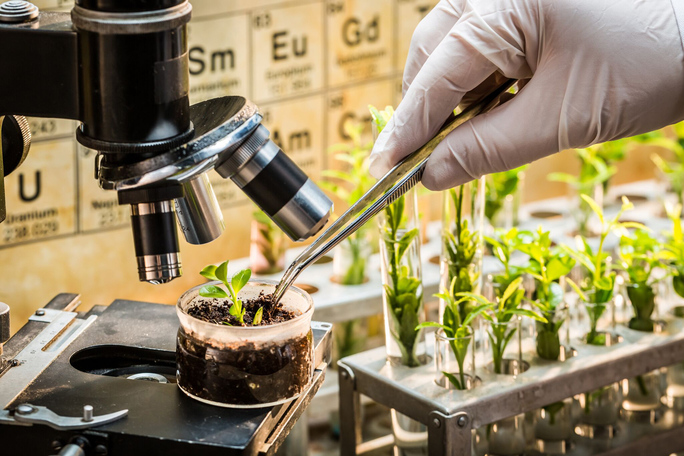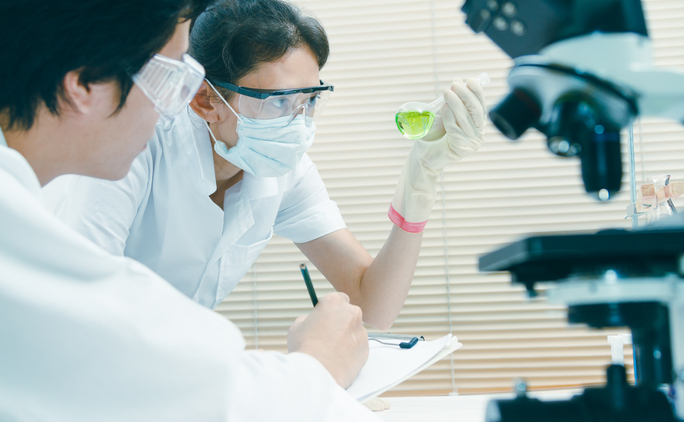The origins of our work with the chemistry of cannabis compounds.
Sir David Parin was a Scottish doctor and botanist who did most of his work in India. He arrived in 1884 to Calcutta after a short career at the University of Aberdeen and was appointed as a physician/botanist in the Indian Medical Service. In 1898 he was promoted director of the Royal Botanic Garden, Calcutta as well as the Botanical Survey of India. Considering that the area where he worked was very rich in a variety of Bengali plants, he had extensive access to the study of highly exotic natural compounds. One of the interesting plants that Sir David worked on was the local cannabis and the traditional preparations that the Indians were making.
Well before Prop’ Meshulam and Ban Shabat defined the Entourage effect, Sir David (1893) demonstrated that more than one constituent contributed to cannabis psychoactivity. He described “the distinctive ganja smell, a warm, aromatic, camphoraceous or peppermint-like smell.”
- After 1 year the ganja still smelled aromatic, but the camphoraceous or peppermint odor was gone.
- After 2 years the aromatic odor diminished.
- After 3 years the smell was entirely depleted.
He wrote in his notes: It seems possible that to some extent the exciting and exhilarating effect of ganja resides in an essential oil, which almost disappears by the time the drug has been kept in store for a year. There still, however, remains a considerable narcotic effect in ganja of a year old, though it is much less marked than in fresh ganja.

This early distinction of the therapeutic synergy of medicinal plants in general and cannabis in particular, was not surprisingly, such reports appear in records more than a thousand years ago. Medicinal plants are inherently polypharmaceutical, not only for traditional physician practices. Pharmacology as a science began with chemists isolating constituents from medicinal plants and testing them for physiological activity. Opium was discovered when an isolate from Papaver somniferum and began to be examined as therapeutic in between 1804-1817. Other isolates such as caffeine from Coffea arabica in 1819, quinine from Cinchona officinalis in 1820, nicotine from Nicotiana tabacum in 1828, atropine from Atropa belladonna in 1831, cocaine from Erythroxylum coca in 1855, and digitoxin from Digitalis purpurea in 1869, paved the way for modern pharmacology.
Currently, compound synergy is gaining respect in the medical world, as researchers and physicians prove the interaction between two or more drugs whose combined effect is greater than the sum of their individual effects. The simultaneous administration of two or more drugs is no longer derided as unpredictable and polypharmacy gains its clinical effectiveness in anesthesia, oncology, and infectious therapeutics.
That’s why we believe so much and strive to explore and develop different compounds of highly therapeutic natural materials. The medical cannabis era offers enormous possibilities for treating various medical problems. In fact, the return to natural compounds and their synergies symbolizes the more advanced, technological stage of the science of pharmacy.








